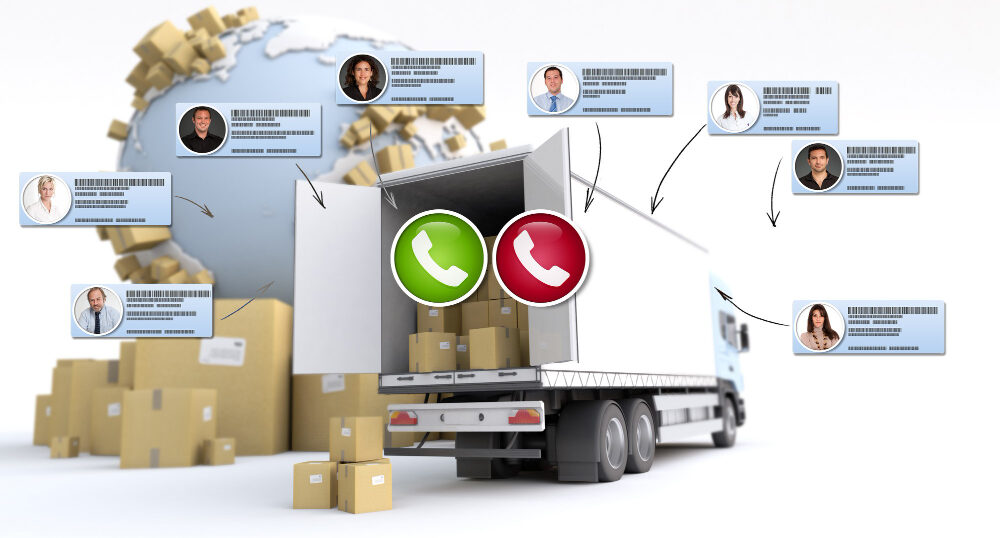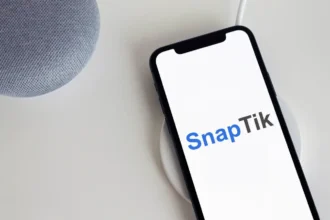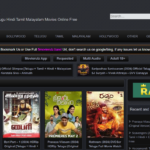A Comprehensive Guide to Handling Shipping Leads
Handling leads is a crucial aspect of sustaining a successful business in logistics and transportation. This effective lead management can distinguish between a thriving enterprise and a stagnant one. This comprehensive guide will provide you with the knowledge and strategies to navigate the complex shipping lead landscape successfully.
Understanding Shipping Leads
Before diving into the strategies for handling shipping leads, it’s essential to grasp them and why they matter. These leads are potential customers or clients who have shown an interest in your logistics services. They could be individuals or companies seeking transportation solutions for their goods or products.
Leads can come from various sources, like online inquiries, referrals, trade shows, or networking events. These leads are the lifeblood of any shipping business, representing potential revenue opportunities. Effective lead handling is essential for converting these prospects into paying customers.
Lead Capture and Organization
The first step in handling these leads is capturing them effectively. Establishing a streamlined process for collecting and organizing lead information is crucial. Here are some key steps to consider:
- Utilize Online Forms: Create user-friendly online forms on websites or landing pages to capture the lead information. These forms should collect essential details such as name, email address, phone number, company name, and the shipping services they require.
- CRM Software: Invest in Customer Relationship Management (CRM) software to centralize and manage your leads. A sound CRM system allows you to track lead interactions, set reminders and follow-ups, and segment leads based on their characteristics and interests.
- Lead Scoring: Implement a lead scoring system to prioritize leads based on their potential value. Assign scores to leads according to factors like their budget, urgency, and engagement level.
Effective Communication
Once you have captured, the next step is to initiate effective communication. Timely and personalized communication can significantly increase your chances of converting leads into customers.
Consider the following strategies:
- Prompt Responses: Respond to leads promptly, preferably within 24 hours. A quick response demonstrates your commitment and professionalism.
- Personalization: Tailor your communications to each lead’s specific needs and interests. Show them that you understand their unique requirements.
- Educational Content: Provide valuable content that educates leads about the logistics industry and your services. This can include blog posts, whitepapers, or webinars.
Nurturing Leads
Not all leads are ready to make a purchase decision immediately. Many may still be in the research or evaluation stage. Nurturing these leads is essential to keep them engaged and eventually convert them into customers. Here’s how you can do it:
- Email Campaigns: Implement email marketing campaigns to stay in touch with leads. Send them relevant content, industry news, and occasional offers to maintain their interest.
- Regular Follow-Ups: Set up a schedule for regular follow-up calls or emails. This helps build a relationship with leads and keeps your services top-of-mind.
- Lead Segmentation: Use your CRM to segment leads based on their behaviour and interests. This allows them to send targeted messages that resonate with each group.
Handling Objections
You may encounter objections or hesitations from potential customers during the lead conversion process. It’s crucial to address these concerns effectively. Here are some common objections and strategies for handling them:
- Price Concerns: If a lead is hesitant due to pricing, emphasize the value and quality of your services. Offer flexible pricing options or highlight cost-saving benefits.
- Timing Issues: Some leads may not be ready to commit immediately. In such cases, maintain a nurturing relationship and provide information that addresses their concerns over time.
- Competitive Comparison: If a lead compares your services to competitors, focus on your unique selling points and advantages.
Closing the Deal
The ultimate goal is to convert them into paying customers. To close the deal successfully, follow these best practices:
- Customized Proposals: Create tailored proposals that address each lead’s specific needs and preferences. Highlight how your services can solve their transportation challenges.
- Clear Calls to Action (CTAs): Communicate the steps and actions the lead requires. Whether signing a contract or scheduling a meeting, make it easy for them to proceed.
- Negotiation Skills: Be prepared for negotiation and be flexible in finding mutually beneficial solutions.
Post-Conversion Follow-Up
Your job isn’t over after successfully converting a lead into a customer. Maintaining positive customer relationships is essential for repeat business and referrals. Consider these post-conversion strategies:
- Quality Service: Deliver on promises and exceptional service to build trust and loyalty.
- Feedback Gathering: Regularly seek feedback from your customers to identify areas for improvement and ensure their satisfaction.
- Referral Programs: Encourage satisfied customers to refer others to your shipping services. Offer incentives or rewards for successful referrals.
Effectively Handling Shipping Leads
Handling shipping leads effectively is fundamental for any logistics and transportation business. You can drive growth and success in this competitive industry by capturing, communicating, nurturing, and ultimately converting leads into customers. Implementing these strategies outlined in this comprehensive guide will lead us to sustainable business growth and customer satisfaction.


















